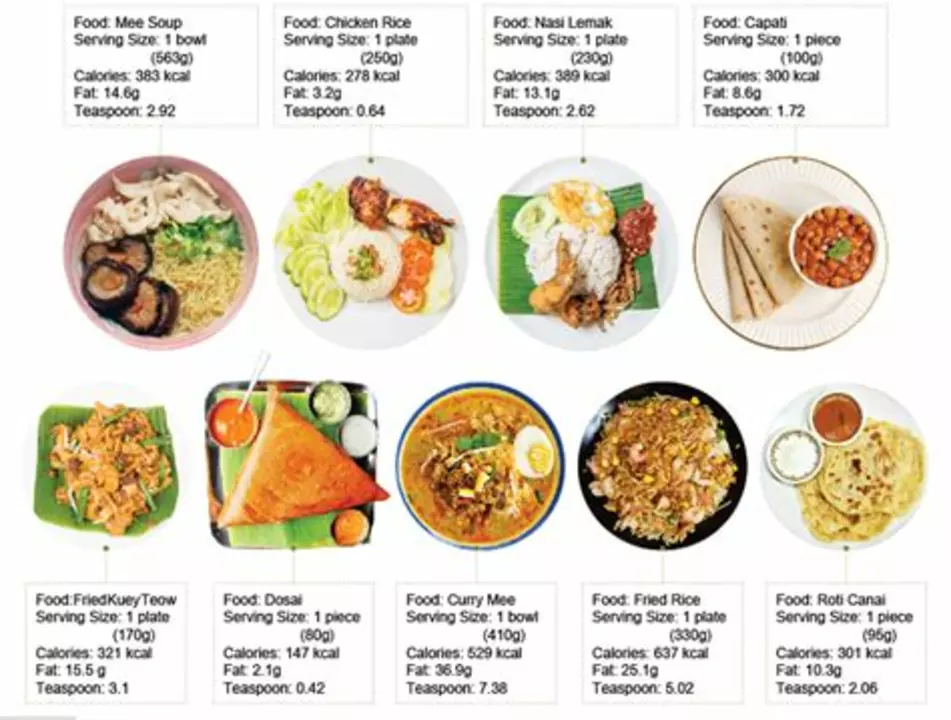Calories Explained: Simple Ways to Track, Burn, and Balance
If you’ve ever wondered why the word "calories" shows up on every food label, you’re not alone. A calorie is just a unit of energy – the fuel your body uses to move, think, and even sleep. Knowing how many calories you consume and burn can help you stay in control of your weight without getting tangled in complex diet plans.
First, let’s break down the basics. Your body needs a certain amount of energy each day just to keep the lights on – that’s called your Basal Metabolic Rate (BMR). Anything you eat adds to that energy pool, and any activity you do takes energy away. When you eat more than you burn, the extra stores as fat. When you eat less, your body dips into those stores, and you lose weight.
How to Count Calories Without the Stress
The easiest way to start is by using a free app or a simple notebook. Write down everything you eat for a day, including those sneaky bites of chips or a quick coffee. Most apps have a huge database, so you can just type "apple" and see it’s about 95 calories. Be honest – the more accurate you are, the better the picture you get.
Don’t forget drinks. A sugary soda can add 150‑200 calories, while water adds zero. If you’re counting, include sauces, dressings, and cooking oils – a tablespoon of olive oil is roughly 120 calories.
Burning Calories: Move More, Eat Smart
Exercise isn’t the only way to burn calories, but it does help. A brisk 30‑minute walk can torch around 150 calories, while a 20‑minute jog might burn 250. If you’re short on time, try high‑intensity interval training (HIIT); short bursts of effort can burn a lot in a short period.
Even everyday chores count. Vacuuming, gardening, or climbing stairs all add up. The key is consistency – aim for at least 150 minutes of moderate activity each week, as recommended by health experts.
When you combine a realistic calorie budget with regular movement, you create a simple, sustainable loop: eat just enough, move enough, and watch the numbers shift in your favor.
One last tip: don’t get obsessed with the exact number every single day. Your body’s needs can change based on stress, sleep, and hormones. Treat your calorie count as a guide, not a prison.
By keeping track, staying active, and adjusting when needed, you’ll find a balance that feels natural. Remember, calories are just fuel – the goal is to use them wisely so you feel good and stay healthy.

Which Indian food has the highest calories?
Indian cuisine has a variety of dishes, each with its own distinct flavor and calorie count. Some of the highest calorie Indian dishes include Butter Chicken, Biryani, Samosas, Kulfi, and Gulab Jamun. Butter Chicken is a creamy and spicy dish made from chicken and tomato sauce and is a favorite among Indian food lovers. Biryani is a popular rice-based dish, often made with yogurt and spices, that packs in a lot of calories. Samosas, typically triangular pastries filled with either potatoes or meat, are deep-fried and can be very high in calories. Kulfi is a creamy dessert made from evaporated milk, sugar, and nuts. Finally, Gulab Jamun is a fried dough dessert made with milk powder and sugar that is extremely high in calories.
view more